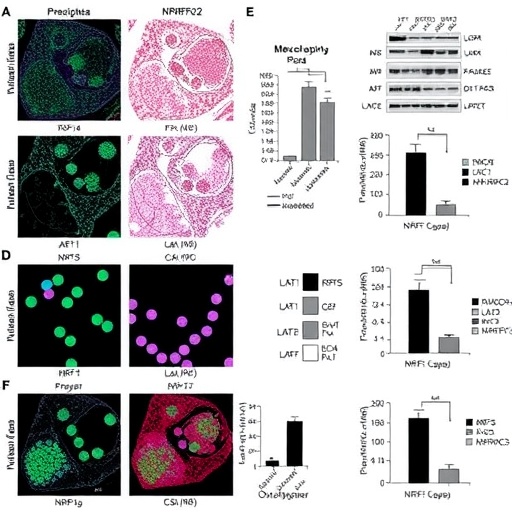The use of benzodiazepines and related drugs increases the risk of hip fracture by 43% in persons with Alzheimer's disease, according to a new study from the University of Eastern Finland. The hip fracture risk was investigated in community-dwelling Finnish persons with Alzheimer's disease. The results of the study were published in the Journal of the American Medical Directors Association.
In total, 21% of persons with Alzheimer's disease initiated benzodiazepine and related drug use during the study. During benzodiazepine and related drug use, 2.5 hip fractures occurred per 100 person-years whereas without drug use, the incidence was 1.4 hip fractures per 100 person-years. The use of benzodiazepines and related drugs increased the hip fracture risk especially during the first six months of drug use. There was no difference within the drug group, as benzodiazepines increased the hip fracture risk as much as benzodiazepine-related drugs.
Additionally, long-term hospital stays exceeding four months after hip fracture were more common in persons with Alzheimer's disease who used benzodiazepines and related drugs at the time of hip fracture than in persons who did not use such drugs.
Treatment guidelines in different countries recommend that behavioral and psychological symptoms of dementia should be treated with nonpharmacological options. Benzodiazepines and related drugs can be used in infrequent or short-term treatment of symptoms. The results of this study highlight the importance of the guidelines to avoid adverse events associated with benzodiazepine and related drug use.
The study was based on the MEDALZ (MEDication use and ALZheimer's disease) cohort, including all Finnish persons diagnosed with Alzheimer's disease between 2005 and 2011, amounting to 70,718 persons. This study involved 46,373 persons who had no history of hip fractures and who had not used benzodiazepines and related drugs during the year preceding the study. The follow-up time in the study was up to five years.
###
For further information, please contact: Laura Saarelainen, MSc (Pharm), PhD Student, School of Pharmacy, University of Eastern Finland, laura.saarelainen(at)uef.fi
Heidi Taipale, PhD (Pharm), Postdoctoral Researcher, School of Pharmacy, University of Eastern Finland, heidi.taipale(at)uef.fi
Research article: Saarelainen L, Tolppanen A-M, Koponen M, Tanskanen A, Sund R, Tiihonen J, Hartikainen S, Taipale H. Risk of hip fracture in benzodiazepine users with and without Alzheimer's disease. Journal of the American Medical Directors Association, published online November 12, 2016. doi: 10.1016/j.jamda.2016.09.019
Media Contact
Laura Saarelainen
[email protected]
@UniEastFinland
http://www.uef.fi
############
Story Source: Materials provided by Scienmag




